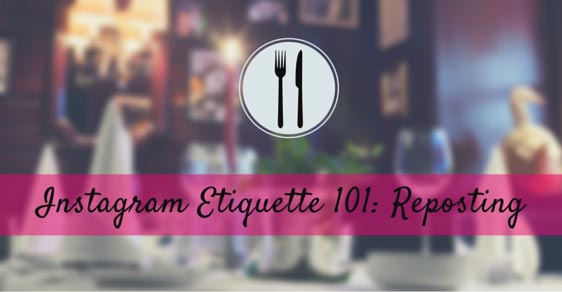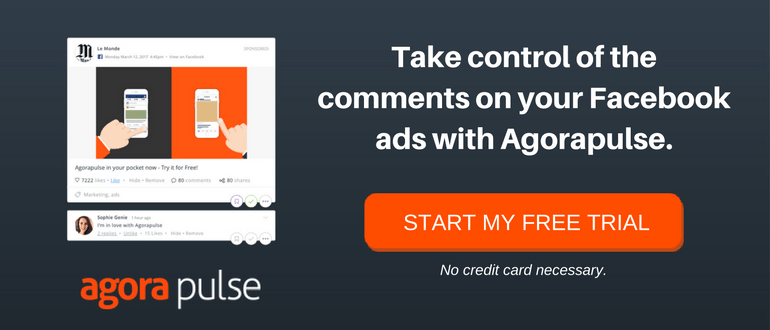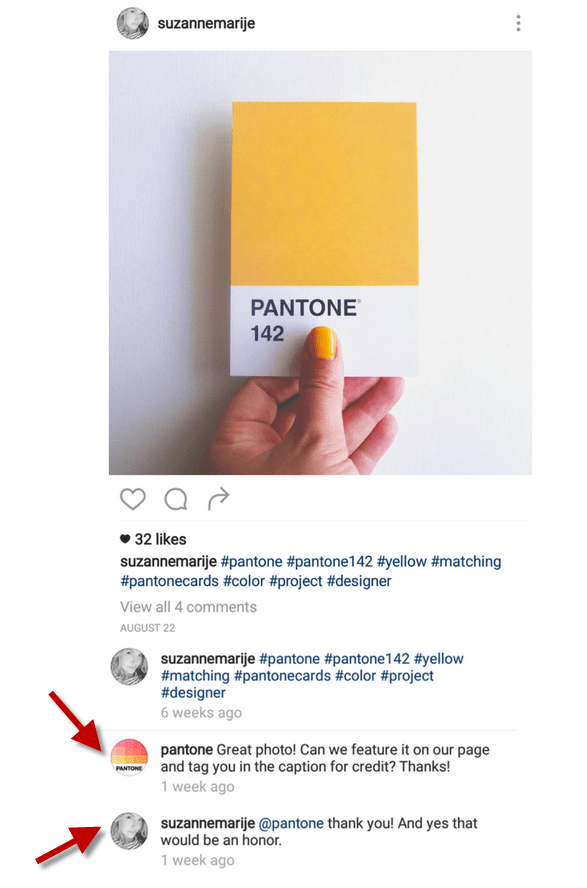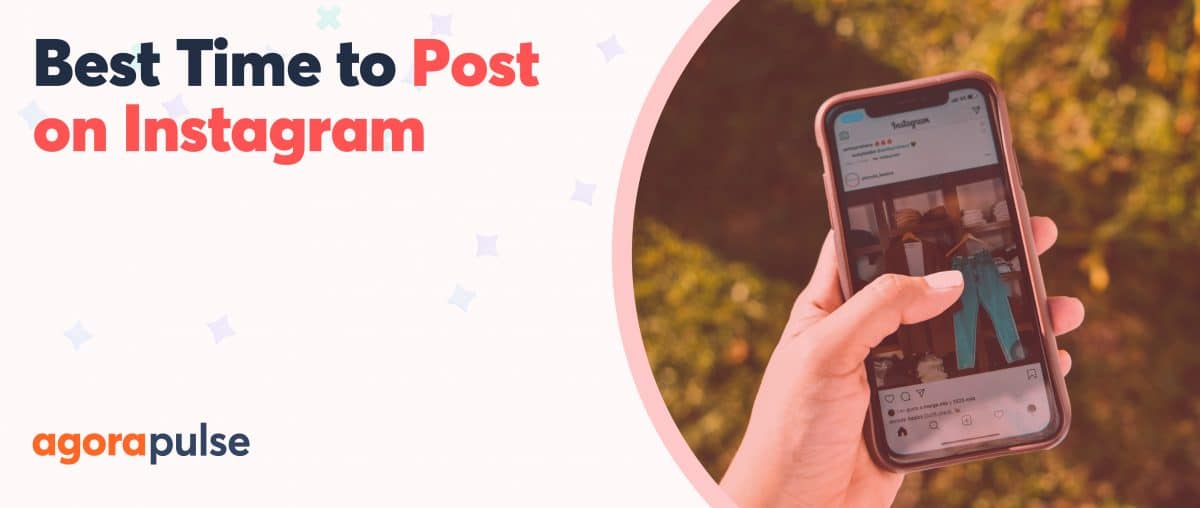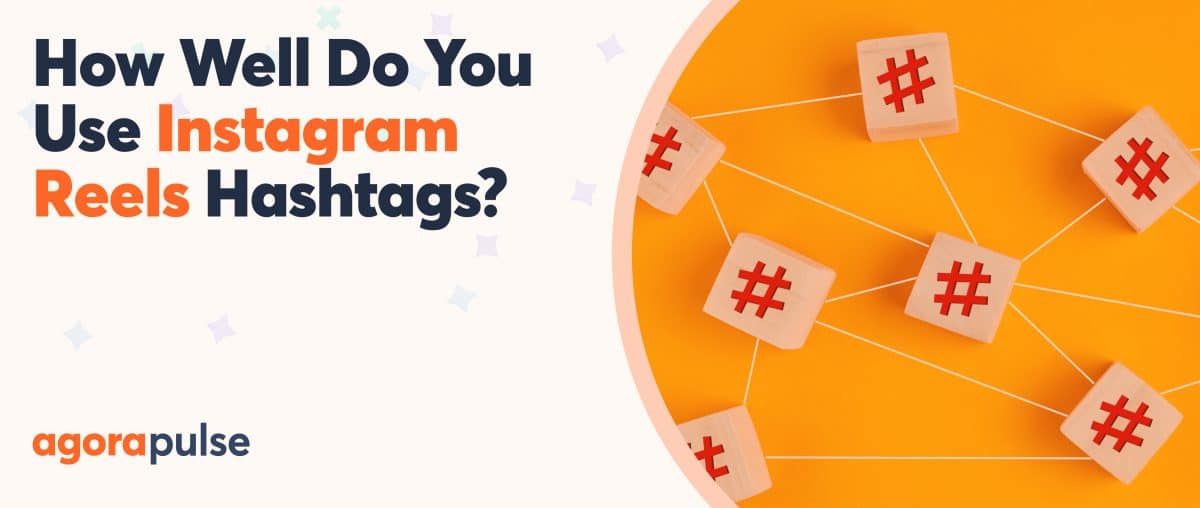Instagram is now a routine part of our culture. We regularly share photos from our lunch to our kids and everything in between.
While this brings about a significant amount of insight into everyone’s lives, it also creates an unprecedented dilemma – where is the line between user-generated content (UGC) that brands can use for their own purposes and an individual’s personal photos? What’s the proper Instagram etiquette for reusing UGC?
The New York Times recently published a story highlighting this debacle. A woman shared a photo of her daughter wearing Crocs, used the Crocs hashtag to tag the photo, then felt violated when she discovered Crocs had used the photo on its website in their user-generated content photo gallery.
If someone publicly posts a photo and tags a brand, are they consenting to the brand using that photo? Or does a brand always need explicit permission to post a photo from a user?
The questions surrounding a right to privacy and anonymity for individuals as well as a right to permission for brands have become a gray area.
Here’s the scoop.
Related post: Instagram 101
Reposting Social Content: A New Frontier
Prior to the emergence of social media, photograph rights were cut and dry – if a publication used a photo, they paid the photographer.
With UGC permeating the social sphere, however, there have been numerous assumptions about what is allowable and what is not in terms of business’ rights to photos. That said, a 2013 U.S. District Court case makes the distinction of “who owns what” more clear.
In Agence France Presse v. Morel, a freelance professional photographer, Daniel Morel, sued Agence France Presse for publishing, without permission, one of his photographs.
The news wire unsuccessfully argued that, by uploading the images to Twitter, Morel had indirectly given them permission to distribute and reproduce his photo. Morel won the case as Twitter’s Terms of Service state users retain rights to what they post, except to Twitter and its partners.
Instagram’s Terms of Service align with these too.
Is Attribution Enough?
A commonly-employed tactic on social media is for brands to use users’ photos while providing credit to the user. I’ve seen this more times than I can count, and although I’m not clear on which users explicitly gave permission and which didn’t.
I would suspect a large amount did not.
That said, many users seem content, if not flattered, to have their photo utilized by a brand in this manner. When credit is given, the ‘artist’ is still bestowed credit for their work, a work they may not have been presuming to be compensated for.
There is still a fine line here as not everyone is complacent about simply receiving credit.
As a result of instances like these, it’s certainly better to go the safer, legal route and always ask for permission.
How to Ask for Permission to Regram Content
Now that we know we should always ask for permission before regramming or reposting someone else’s Instagram photo, what’s the best way to do that?
There are a few options:
- For specific campaigns, state opt-in guidelines as part of the terms and conditions. If you blatantly state in contest rules that users who provide a photo for a sweepstakes or contest are automatically consenting to their photo being shared or used by the brand, that’s a great way to protect yourselves across the board and, in turn, obtain a variety of user-generated photos.
Here’s an example from Macy’s #MacysLove campaign.
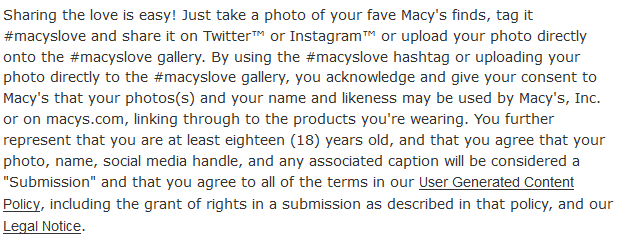
- Another way to garner permission for a specific photo is to inquire on the photo itself.
Pelican Hill Resort in Newport Beach, CA, does just that. In addition to having social media guidelines that address UCG outlined on their website, they comment on users’ photos:
The comment does numerous things well (click on the Instagram comments to see it for yourself). First, the resort open with a friendly comment to the user, adding a human element to the conversation (rather than jumping in strictly to ask for something).
Then, the resort uses the words “With your permission,” thereby eliminating any ambiguity. This request for an Instagram regram is then followed by the user to the guidelines, and, finally, ask for a clear call-to-action to confirm.
- There are now also a variety of platforms and services designed for brands to ask users if they can use their content. One such example is a Content Rights Solution designed by TINT who creates a variety of social display tools.
The solution allows you to discover content relating to your brand, request the proper permissions from the author of the image via social media, and track which images to which you have rights.
While services like TINT facilitate the permissions, the legal language is still determined by the brand. The agreement can include a certification from the author of the post that they own the image, and that they have permission from the subject of the photograph.
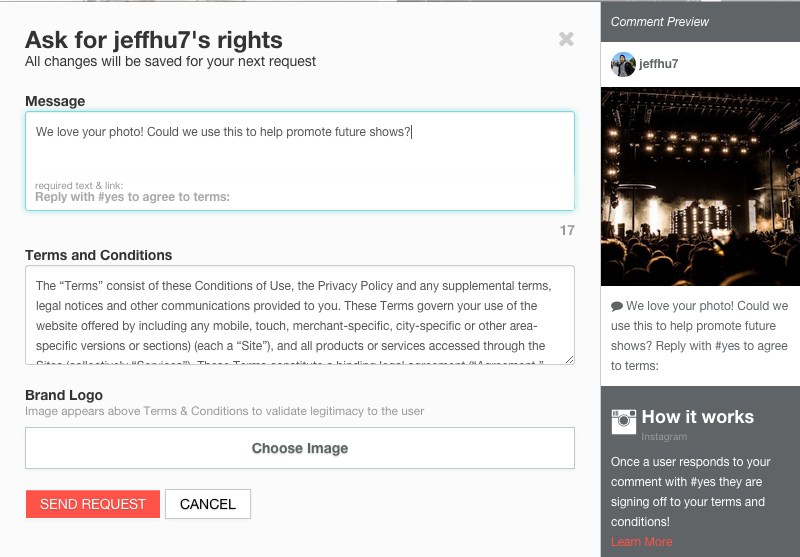
This is an example of a Content Rights Agreement form. It allows a business to submit a branded message, along with their specific terms and conditions, as a comment on a user’s photo. Once a user responds with the corresponding hashtag, they are opting in to the brand using their photo and it’s on record in the platform.
If you don’t have the resources for a third-party UGC tool, simply ask to repost their Instagram photo and patiently wait for their reply as Pantone did here.
It’s definitely better to be safe than sorry and get permission before using someone’s photo. With various routes to request to consent (and undoubtedly more coming in the future), hopefully, the gray areas will start becoming more black and white!
Related post: How to Sell on Instagram: 10 Rules to Do It Right
What Instagram etiquette protocols do you follow when reposting Instagram photos and videos? Let us know in the comments!
